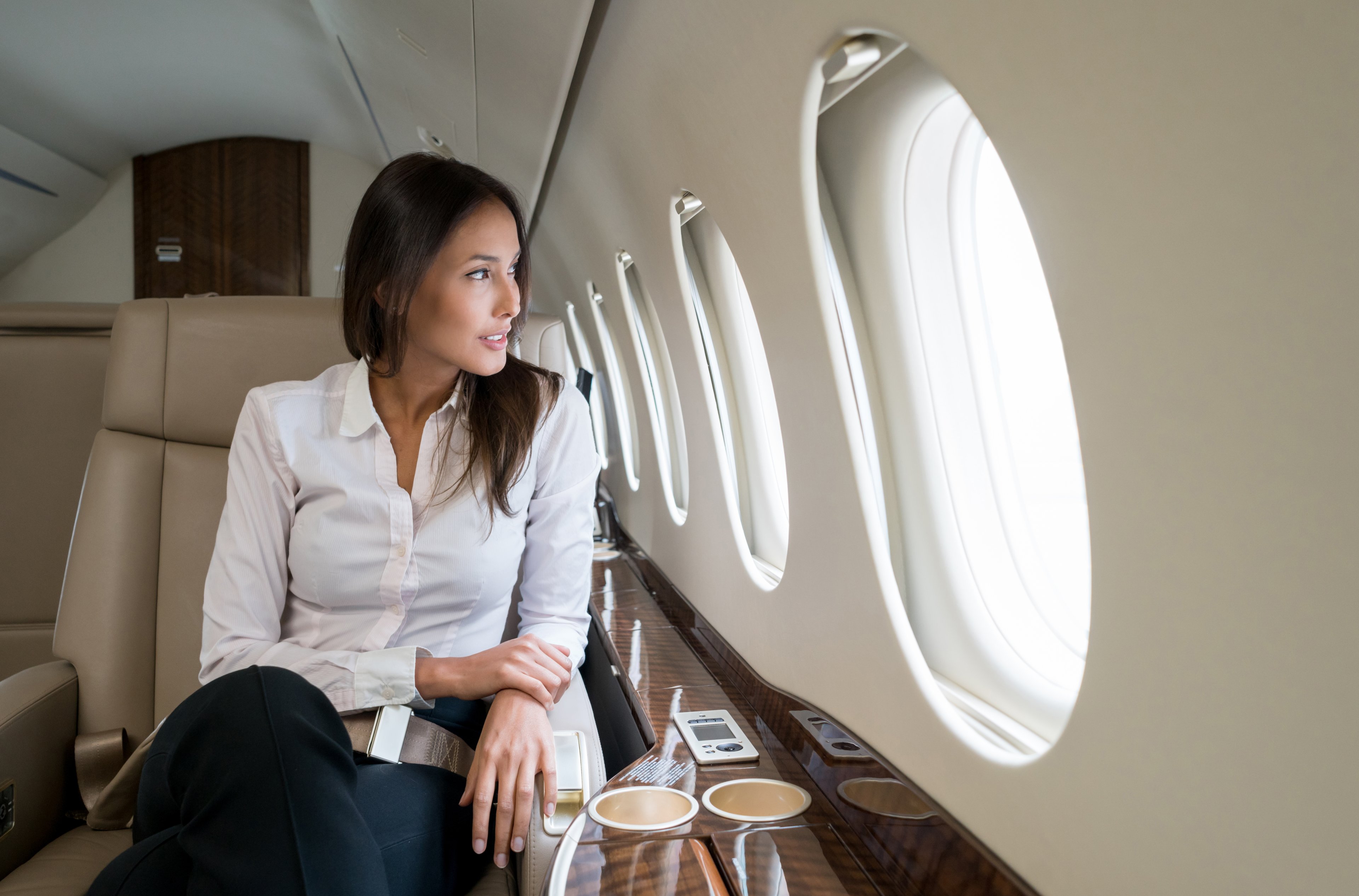What happened
Airline stocks sputtered on Monday after United Airlines Holdings (UAL 2.15%) released preliminary first-quarter results that came in well below expectations. Investors knew first- and second-quarter numbers would be under pressure, but United's actual numbers paint a picture of how challenging operations are for the nation's airlines.
Shares of United fell 8.2% at the open, while shares of American Airlines Group (AAL 4.06%) fell 7.3% and shares of Delta Air Lines (DAL 2.17%), Southwest Airlines (LUV 1.61%), Spirit Airlines (SAVE +0.00%), JetBlue Airways (JBLU 4.64%), Alaska Air Group (ALK 4.27%), Hawaiian Holdings (HA +0.00%), and Allegiant Travel Co. (ALGT 2.53%) all fell more than 5%.
The stocks gave back some of those losses as the trading day continued, but it looks like another tough trading session for airline investors.
So what
Airline stocks have been hard hit by the COVID-19 pandemic, with travel demand off by more than 90%. The pandemic began in Asia early in the quarter but spread globally by March, meaning the first quarter was sure to be impacted. In a securities filing on Monday, United Airlines gave an idea of how bad the quarterly airline reports are going to be.
United said it expects a pre-tax loss of about $2.1 billion in the quarter, significantly more than the consensus estimate for a $459 million loss. The number includes about $1 billion in special charges mostly tied to a decline in the value of United's investment in Colombia's Avianca Holdings (AVH +0.00%). Avianca has been largely grounded since March 24 after Colombia and other Latin American countries shut down their air space.

Image source: United Airlines.
The results are bad, but the second quarter is likely to be significantly worse. United said first-quarter revenue fell 17% year over year to $8 billion. Airlines in recent weeks have said they expect revenue to fall by upwards of 90% in the second quarter, as refund requests swamp new bookings and Americans put vacation and work travel plans on hold.
United said it expects to take $5 billion through the government payroll support program, including a $1.5 billion loan with an interest rate of 1% in the first five years. It also intends to apply to borrow another $4.5 billion from the U.S. Treasury as part of a separate $25 billion program, but executives have warned employees that if travel does not return by the fall, significant layoffs are possible.
The entire sector is under pressure because there is ample reason to assume that United's experience is not unique. The airlines in more typical times would likely rally on Monday's news that oil prices are plunging to historic lows, as that is a major expense for the industry, but given how little flying is going on right now and how much else there is to worry about, cheap jet fuel is almost certainly not enough to save the industry.
Now what
We'll start to get finalized first-quarter results this week as Delta and Southwest are scheduled to report. Expect the quarters to be ugly and focus on what management has to say in the post-earnings commentary to get a gauge of what to expect from here. Delta and Southwest are arguably the two best-run companies in the airline business, and if they are pessimistic about a recovery, it is likely to put the entire industry under pressure.
I'm optimistic that the government programs will allow the industry to weather this storm without liquidity issues, but it seems likely the recovery will be a long, painful process. Over the next few weeks, as the airlines announce earnings, we are going to get a clear picture of where the industry has been. Where it is heading is much more difficult to view at this moment.










